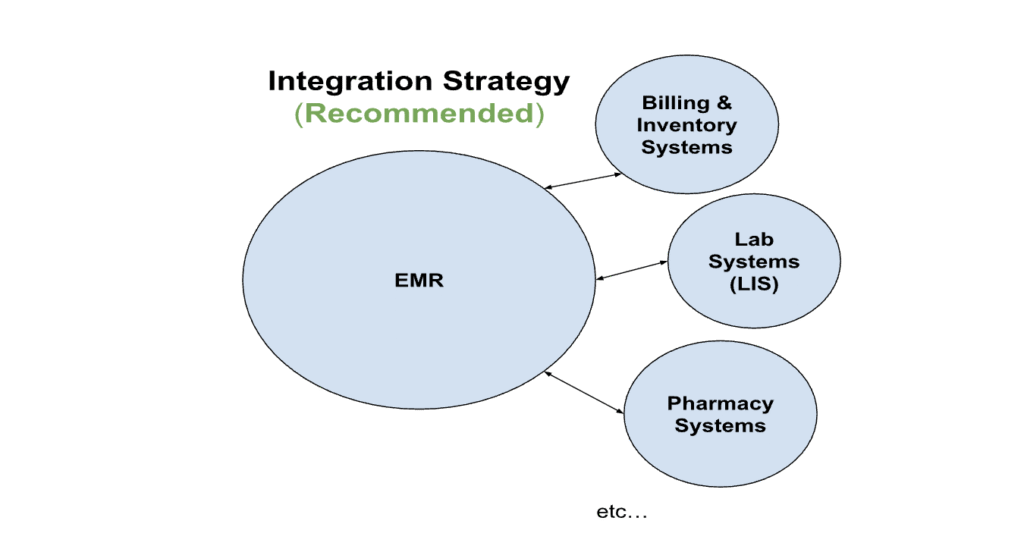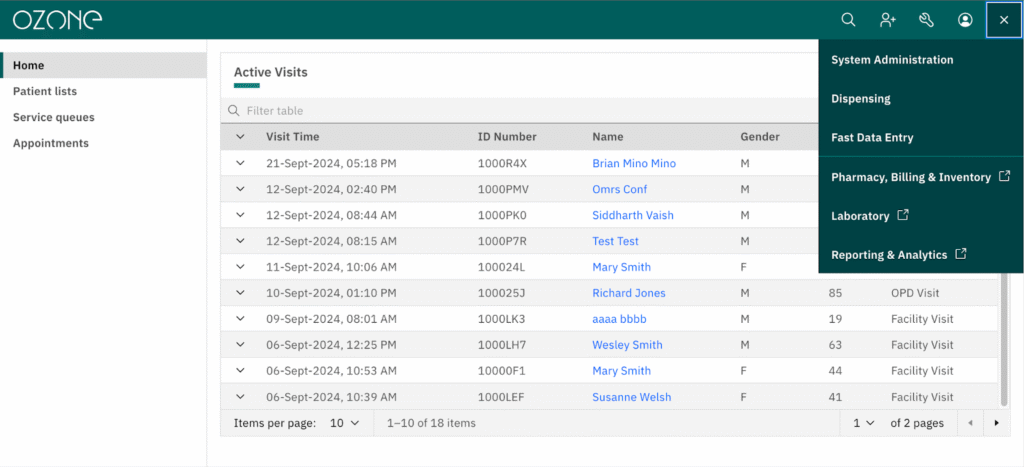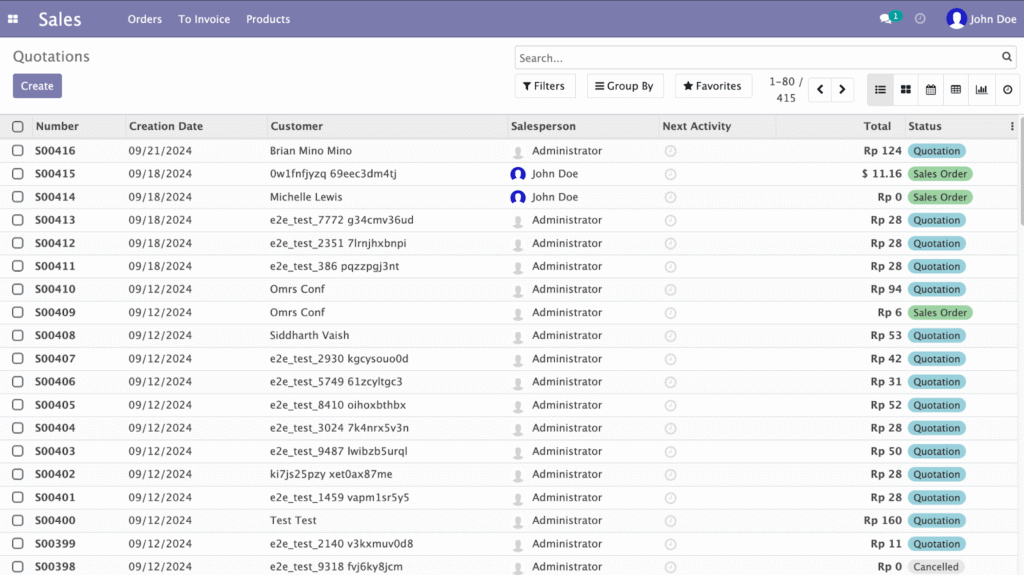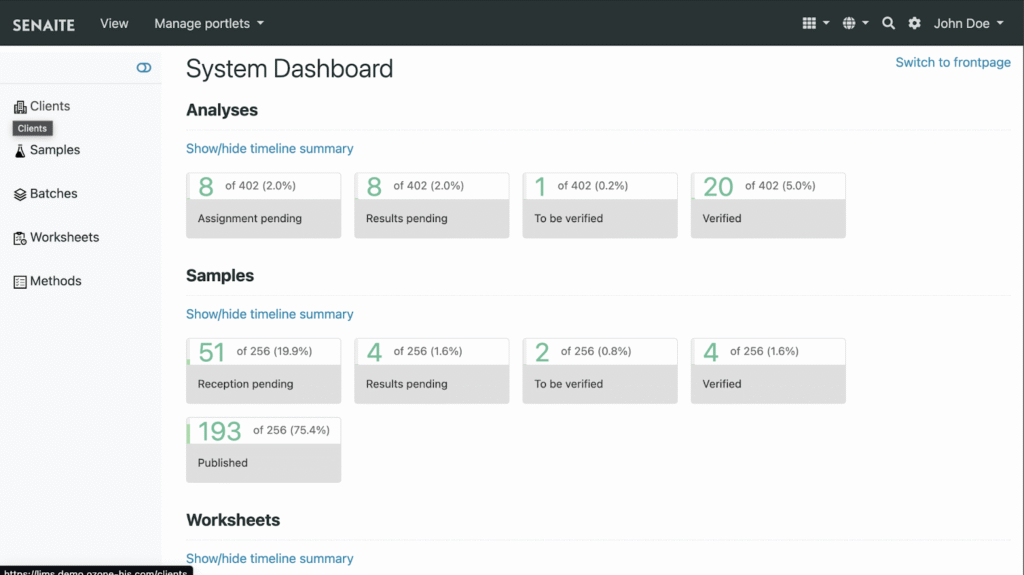How investments are making OpenMRS more flexible than ever with the new HIS Distro project
An increasing number of OpenMRS implementers have been requesting an all-in-one solution that handles EMR and non-EMR-core features such as billing, inventory management, dispensing, and laboratory services suitable for their healthcare facilities. Some resourceful implementers have gone through the difficult process of creating independent systems that integrate these features into OpenMRS based on their needs.
However, despite successful integrations, the independent solutions developed by these implementers were usually not coordinated with community software releases. They often addressed similar issues and recreated similar solutions with varying levels of success. This disjointed and individualistic approach created management burdens for healthcare sites and made it difficult for OpenMRS’ global community to provide adequate support when needed.
With the introduction of OpenMRS v3, which offers a highly modular, extensible, and reusable frontend, implementers began to ask: since both the frontend and backend of the OpenMRS software are now fully modular and extensible, why not apply the same modularity to create smaller UI components for non-EMR modules? This challenge, coupled with the opportunities presented by OpenMRS v3, led to the creation of the HIS Distribution (“distro”) project.

Figure 1: The Proposed OpenMRS HIS Distribution
Background Overview of the HIS Distro Project
After receiving numerous requests from implementers for an OpenMRS distribution that comes integrated out-of-the-box with systems such as Laboratory Information System (LIS), Picture Archiving and Communication System (PACS), Enterprise Resource Planning (ERP) software, and many others, the team began exploring how commonly used open-source solutions could be pre-integrated into the OpenMRS software. These discussions led to a meeting of the Technical Architecture Committee, where they deliberated on the design of the HIS Distro, the default tools to include, its flexibility, and the naming conventions for repositories to ensure they are easily identifiable and distinguishable for contributors.
The OpenMRS Healthcare Information System (HIS) distribution is an all-in-one, extensible software solution, fully integrated with various systems, providing implementers with an out-of-the-box solution for use in their healthcare facilities. This approach reduces development time and costs for implementers while offering a universal and consistent method for integrating systems with OpenMRS.

Figure 2: Overview of OpenMRS Interoperability
At the OpenMRS 2024 Conference in Nairobi Kenya, Romain Buisson from Mekom Solutions explains the new Out-of-the-Box HIS solution being built in the OpenMRS community, leveraging the Ozone interoperability layer.
Key Components of the OpenMRS HIS Distro
The OpenMRS HIS Distro is a software distribution that integrates the OpenMRS EMR with external systems commonly used within the community, providing a comprehensive solution for healthcare facilities. Built on top of the Ozone HIS and leveraging its components, the HIS Distro offers full integration with an enterprise resource planning and laboratory information system.

Figure 3: Components of a Health Information System (HIS)
Ozone HIS
The OpenMRS HIS Distro was built using the Ozone Maven Archetype, leveraging its various HIS components. Ozone HIS is a free, open-source health information system that integrates various healthcare technologies. It combines OpenMRS 3 for electronic medical records, SENAITE for laboratory information, Odoo for enterprise resource planning, and Superset for data visualization. Ozone HIS offers a modular architecture for managing patient data, billing, and inventory.

Figure 4: Ozone Dashboard and its system integrations
Enterprise Resource Planning Software
The OpenMRS HIS distribution uses Odoo as its default ERP system while supporting both Odoo and ERPNext, giving users the flexibility to switch between them based on their needs. Odoo offers a suite of open-source applications that address various business needs, including CRM, eCommerce, accounting, inventory, and project management. Similarly, ERPNext is a comprehensive, open-source software that manages all aspects of an organization’s operations.

Figure 5: Odoo ERP showing the recent sales within the Ozone HIS
Laboratory Information System (LIMS)
The OpenMRS HIS distribution uses SENAITE, an open-source Laboratory Information Management System (LIMS) designed for enterprise environments. SENAITE automates laboratory processes, supporting data registration, validation, and analysis workflows. Its features include equipment integration, audit trails, and turnaround time management. SENAITE can be deployed in both centralized and virtual environments. Support for OpenELIS-Global is also being added through collaboration between Mekom and the University of Washington’s Digital Global Initiatives (DIGI) team.

Figure 6: SENAITE Dashboard showing the summary of the samples and analyses
Reasons Why You Should Adopt the OpenMRS HIS Distro
The OpenMRS HIS distribution is a complete solution for healthcare management. By adopting this distribution, implementers can benefit from a unified system that combines multiple essential healthcare components while offering ease of customization and efficient deployment.
All-in-one healthcare management solution
The OpenMRS Distro HIS combines essential systems, including the EMR platform, a Laboratory Information Management System (LIMS), Enterprise Resource Planning (ERP) software and many others into a unified platform. This integrated approach eliminates the need for implementers to set up multiple systems, offering a comprehensive out-of-the-box solution that covers all core healthcare management needs.
Reduced development cost and time
Some implementers have had to develop independent versions of healthcare systems, which can be both time-consuming and costly. By adopting the OpenMRS Distro HIS, implementers can bypass the complexities of system integration and development, significantly reducing both time and financial resources spent on custom solutions. This approach also simplifies system management and enables the OpenMRS team to provide better support when necessary.
Highly flexible and customizable
Built on the modular OpenMRS platform, the Distro HIS offers high flexibility and customization. Implementers can easily tailor the system to fit their unique needs, adjusting the user interface, workflows, and integrated components. This adaptability ensures that healthcare facilities can optimize the system to best suit their specific operational requirements.
Getting Started with OpenMRS Distro HIS
The OpenMRS Distro HIS was built using the Ozone Maven Archetype to simplify the technical configurations required by implementers. To get started, you can simply clone the GitHub repository and begin using the software or access the development server here. You can get the credentials from the README file.
Use the following commands to run the distribution:
| Goal | Command | Explanation |
| Build the distribution | ./scripts/mvnw clean package | Assembles and packages your distribution, incorporating any configurations and customizations you’ve applied. |
| Access start/stop/destroy commands | source target/go-to-scripts-dir.sh | Navigates to the directory containing the scripts for starting, stopping, and destroying the distribution, making these commands readily accessible. |
| Start the distribution | ./start-demo.sh | Initiates and launches all components of the Ozone HIS, bringing up the system. |
| Stop the distribution | ./stop-demo.sh | Gracefully halts all Ozone HIS services, effectively shutting down the system. |
| Destroy the distribution | ./destroy-demo.sh | Completely removes the distribution, clearing all its components and data, ideal for resetting the system or rectifying persistent issues ahead of a restart or a rebuild and restart. |
The Community Behind the Distro HIS project
Together, multiple leading organizations in the OpenMRS community have spearheaded the creation of the technology, components, and projects that are now integral to the HIS Distro: Mekom Solutions, UCSF Global Programs, Palladium-Kenya, MSF/Madiro, and investment from the US CDC’s Technical Assistance Program (TAP). To learn more or get involved, join the conversation on the OpenMRS Talk Forum here.
Useful Resources
- OpenMRS Distro HIS GitHub Repository
- OpenMRS Distro HIS Website
- Ozone HIS Documentation
- Integrating OpenMRS: Offering a practical pathway to implementers
